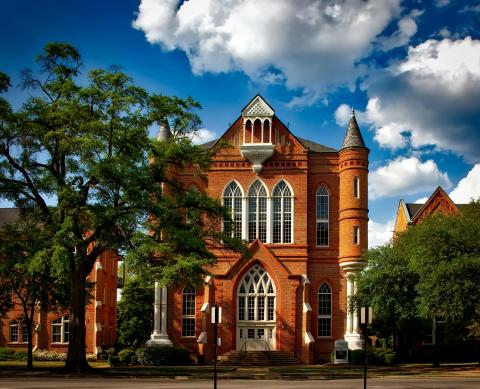The Pros and Cons of Attending a Liberal Arts College
Jul 24,2024
Choosing the right college can be a daunting task, especially with the variety of educational institutions available. One type of college that often garners attention is the liberal arts college. Known for their broad-based education and focus on developing critical thinking and communication skills, these colleges offer a unique academic experience. However, attending a liberal arts college comes with its own set of advantages and disadvantages. Here's a closer look at the pros and cons to help you decide if a liberal arts college is the right fit for you.
Pros
1. Broad-Based Education Liberal arts colleges emphasize a well-rounded education. Students are required to take courses across a variety of disciplines, including humanities, social sciences, natural sciences, and mathematics. This approach ensures that graduates have a comprehensive understanding of multiple fields, which can be beneficial in today's interdisciplinary job market.
2. Small Class Sizes One of the hallmark features of liberal arts colleges is their small class sizes. This allows for more personalized attention from professors and fosters a close-knit learning environment. Students often find that they can engage more deeply in discussions, receive more individualized feedback, and build stronger relationships with their instructors.
3. Development of Critical Thinking and Communication Skills The curriculum at liberal arts colleges is designed to enhance critical thinking and communication skills. Students are encouraged to question, analyze, and synthesize information from various perspectives. These skills are highly valued by employers and are essential for success in many careers.
4. Strong Sense of Community Liberal arts colleges typically have smaller student populations, which can create a strong sense of community. Students often form close bonds with their peers and professors, leading to a supportive and collaborative educational environment. This can enhance the overall college experience and provide a network of lifelong connections.
5. Flexibility in Career Choices Graduates of liberal arts colleges are not confined to a single career path. The diverse skill set they acquire allows them to explore a wide range of career options. Many liberal arts graduates find success in fields such as business, education, government, non-profits, and more. The adaptability they develop is a significant asset in a rapidly changing job market.
Cons
1. Limited Specialization While the broad-based education is a strength, it can also be a limitation for students who want to specialize early in their academic careers. Those interested in fields that require extensive specialized training, such as engineering or certain sciences, might find that a liberal arts college does not offer the depth they need.
2. Cost Liberal arts colleges are often private institutions, and their tuition can be significantly higher than public universities. Although many liberal arts colleges offer substantial financial aid packages, the overall cost can still be a barrier for some students and their families.
3. Perception by Employers Some employers may have a bias towards graduates from larger research universities, especially in fields that are heavily focused on technical skills. While liberal arts graduates are highly valued for their critical thinking and communication skills, they may need to work harder to demonstrate their technical competencies.
4. Limited Graduate Programs Liberal arts colleges typically focus on undergraduate education and may have limited or no graduate programs. Students who are considering pursuing advanced degrees might need to transfer to a different institution for their graduate studies, which can involve additional transitions and adjustments.
5. Fewer Research Opportunities Compared to larger universities, liberal arts colleges may have fewer research facilities and opportunities. Students who are keen on participating in extensive research projects might find the available resources and funding to be more limited.
Attending a liberal arts college offers a unique and enriching educational experience, characterized by a broad-based curriculum, small class sizes, and a strong sense of community. However, it also comes with certain limitations, such as fewer specialization options, higher costs, and potential biases from employers. Ultimately, the decision to attend a liberal arts college should be based on individual preferences, career goals, and financial considerations. By weighing the pros and cons, students can make an informed choice that best aligns with their academic and professional aspirations.






